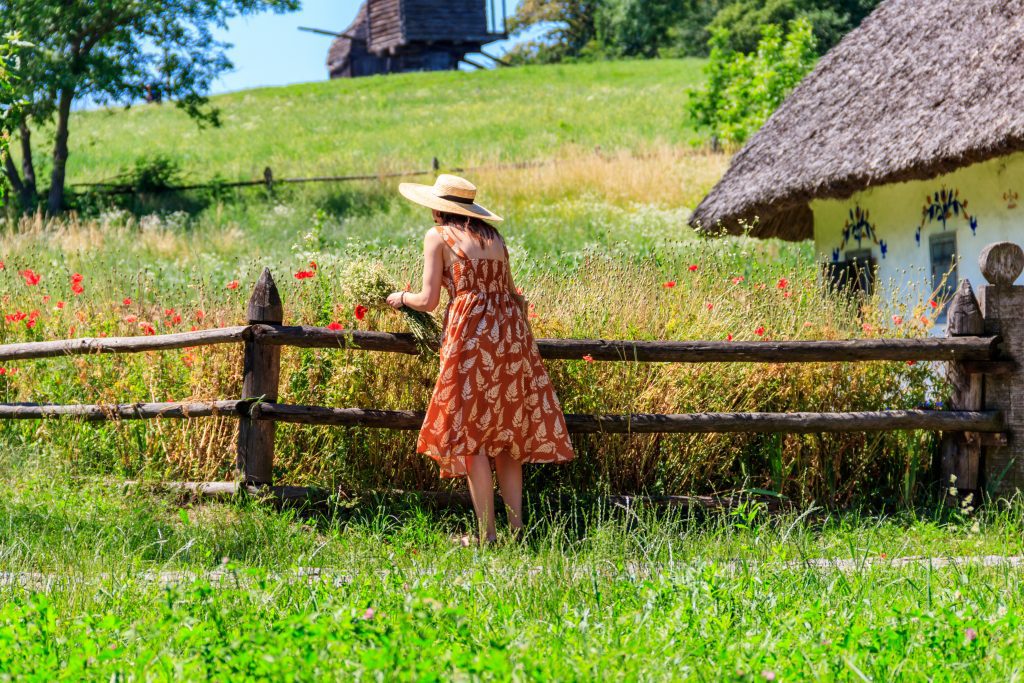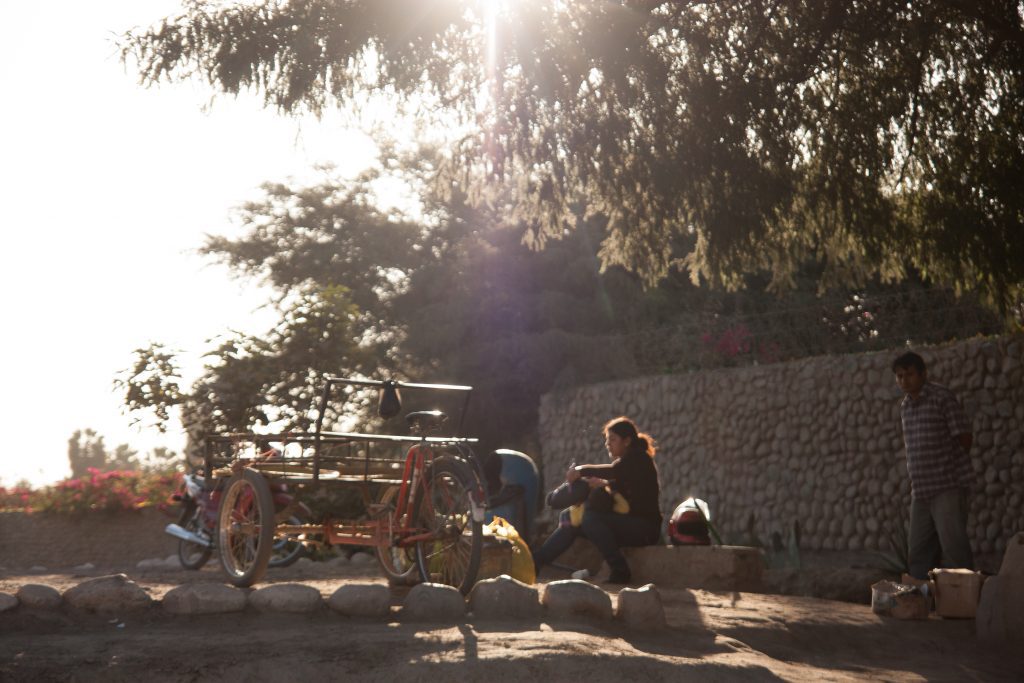In a world ruled by rush, noise, and crowds, more and more travelers are seeking the opposite: places where time seems to stand still, where silence is a virtue, and where everyday life turns into something extraordinary. Small towns are becoming the rising stars of the new way of traveling: conscious, sustainable tourism filled with authentic experiences.
Often overlooked by major travel guides, these hidden gems hold cultural treasures, postcard-perfect landscapes, and a warm, human spirit that leaves a lasting impression. In this article, we invite you to rediscover the beauty of what’s near, simple, and deeply real. We take you on a journey through charming villages that deserve a spot on your next getaway—and show you how to plan your visit without missing a thing, thanks to digital tools like Smartvel’s travel planner and events calendar.
Why Choose Small Towns When Traveling?
Traveling to a small town is more than just tourism—it’s a new way of exploring the world, one that’s slower, more mindful, more connected. As many destinations become overcrowded and authenticity fades, charming small towns emerge as the perfect refuge for those who seek more than just another place to spend the night.
1. Authenticity Without the Show
In small towns, there are no big hotel chains or tourist traps. What you find is real: locals who welcome you like family, living traditions, heirloom recipes, and cobbled streets with stories to tell. Here, tourism doesn’t alter the place—it walks alongside it. It’s an immersion in local life, unfiltered and unpretentious.
2. Tranquility You Can Feel
These destinations offer a different kind of air: calm, unhurried, peaceful. Whether it’s strolling through a square at siesta time, waking to birdsong, or watching the sun set from a quiet overlook—these invisible luxuries are generously offered by small towns. They’re the perfect antidote to urban stress.
3. Real Human Connection
One of the greatest gifts of small towns is their people. You’re not just another tourist here. Locals look you in the eye, recommend their favorite spots, and often share stories you won’t find in any guidebook. In an increasingly digital world, this kind of warmth is rare—and deeply rewarding.
4. More Sustainable Tourism
Traveling to small towns helps redistribute tourism and revitalize rural areas that often need visibility and economic opportunities. You’re helping to keep local traditions, businesses, and ways of life alive. Plus, with fewer crowds, the environmental impact is lower and the experience more respectful.
As part of Spain’s national plan for digital transformation, Smartvel is developing next-generation long tail technology to automatically create personalized travel content — especially for rural and lesser-known destinations. This initiative, supported by the Spanish Government and the European Union, helps make small-town tourism more accessible, visible, and dynamic.



5. Great Value for Money
Whether it’s sleeping in a cozy rural home, enjoying a homemade local meal, or joining a cultural activity, small towns often offer excellent quality at fair prices. You don’t have to give up comfort or charm—just the crowds. And the memories you make? Priceless.
6. Endless Inspiration and Discovery
Each town has its own character, history, landscape, and pace. No two are alike. That diversity makes rural travel a constant source of discovery—perfect for those who love the unexpected. And today, it’s easier than ever to plan this kind of trip using tools like Smartvel’s travel planner, where you can instantly find things to do, events, or nearby attractions.

What Makes a Town Truly Charming?
While charm is subjective, many of these towns share common ingredients:
- A privileged natural setting: mountains, rivers, vineyards, or forests.
- Cobblestone streets, traditional architecture, and historic squares.
- Authentic, seasonal local gastronomy.
- Warm hospitality and a sense of belonging.
- A vibrant cultural life: markets, festivals, local traditions.
8 Charming Towns for Your Next Getaway
1. Briones (La Rioja)
Perched on a hill with views of the Ebro River and surrounded by a sea of vineyards, Briones is one of the most beautiful towns in La Rioja and a gem of Spanish wine tourism. Its walled historic center is full of stone alleyways, noble houses, and corners that breathe history. From the parish church to the remains of its castle, every corner has a story to tell. It also hosts the Vivanco Museum of Wine Culture, a world-renowned space blending art, tradition, and viticulture.
💡 Smartvel Tip: Check the events calendar so you don’t miss the Medieval Days in June, when the town transforms into a vibrant living museum.
2. Lastres (Asturias)
Literally clinging to the Cantabrian coast, Lastres is a postcard-worthy fishing village where white and colorful houses cascade down the hillside toward the harbor. Featured in Spanish TV dramas, its real value lies in its authentic pace, ocean breeze, and seagull symphony. The San Roque viewpoint offers breathtaking vistas of the northern coastline and Picos de Europa mountains.
3. Frigiliana (Málaga)
Nestled between the Almijara mountains and the Mediterranean Sea, Frigiliana is one of Andalusia’s most photogenic towns. Its Moorish old quarter, whitewashed facades, blue doors, and hanging flowers create a storybook setting. The blend of Arab, Christian, and Jewish heritage is felt in every corner, and its cuisine—especially the local sugarcane syrup—offers unique flavors. In summer, the Festival of Three Cultures fills the streets with music and tradition.
4. Sepúlveda (Segovia)
A medieval gem nestled between the Duratón River gorges, Sepúlveda is known for its Romanesque heritage—from churches and stone arches to ancient plazas. The main square is the town’s heartbeat, hosting festivals and markets. Just outside lies the Hoces del Duratón Natural Park, perfect for canoeing, hiking, or watching griffon vultures soar overhead.
💡 Pro tip: Book early to enjoy the famed local roast lamb cooked in traditional wood-fired ovens.
5. Vejer de la Frontera (Cádiz)
One of the most striking white towns in southern Spain, Vejer offers views of the Atlantic and easy beach access. Its walled historic center is a maze of cobbled streets, flowered patios, and Arab-influenced architecture. It blends bohemian charm with modern gastronomy, from chic restaurants to classic tapas bars. In spring, the Festival of Patios opens up private courtyards to the public in a celebration of color and heritage.
6. Alquézar (Huesca)
Located in the Sierra de Guara, this small medieval town is perfect for lovers of nature and history. Its fortress-church dominates the landscape, overlooking the Vero River canyon. Alquézar is a gateway to adventure sports like canyoning and hiking, and the nearby prehistoric caves with ancient art add a cultural twist.
7. Valldemossa (Mallorca)
A peaceful haven in the Tramuntana mountains, Valldemossa is famous for its Carthusian monastery, once home to Chopin and George Sand. Its romantic streets, leafy squares, and peaceful gardens make it a refuge from the busier parts of Mallorca. This is tourism measured in quiet moments and gentle discoveries, not crowds or selfies.
8. Tejeda (Gran Canaria)
In the mountainous heart of Gran Canaria, Tejeda is one of Spain’s most beautiful villages. Framed by the iconic Roque Nublo and Roque Bentayga, the town offers sweeping views and a peaceful rural rhythm. In February, the Almond Blossom Festival fills the valley with pink and white blooms—a magical sight. Local treats like bienmesabe and aged cheeses add to the experience.
How to Make the Most of Your Visit
Planning a trip to a small town? Here are some tips to make it unforgettable:
- Check the local events calendar ahead of time. Festivals, craft markets, or patron saint days add a unique flavor.
- Use Smartvel’s travel planner to discover must-see spots, where to eat, and what to do nearby.
- Leave room for spontaneity: some of the best moments aren’t in any itinerary.
- Choose accommodations with local identity: rural homes, boutique inns, or family-run stays.
- Talk to locals. Ask about hidden trails, secret viewpoints, or the best local dish.

Travel That Leaves a (Positive) Mark
Visiting small towns is not only personally rewarding—it’s a way to travel responsibly. Every night spent in a rural B&B, every meal at a family restaurant, every handcrafted souvenir you buy helps sustain local economies and traditions.
Smartvel supports this approach by helping travelers arrive informed, inspired, and prepared to engage respectfully with each destination. Their travel planner uncovers authentic experiences, while the events calendar helps sync your trip with real local life.
Conclusion
The true charm of small towns lies in what can’t be planned: a breathtaking landscape, a surprise conversation, the smell of fresh bread, or a silent plaza at dawn. These are places to be lived, not just visited.
So next time you plan a getaway, think small. Open a map, find a town like Briones, Frigiliana, or Tejeda—and let it tell you its story.
Because sometimes, to discover the extraordinary, all you need is to look where no one else does.






